Nepal 1998 - Khumbu Trekking & Island Peak
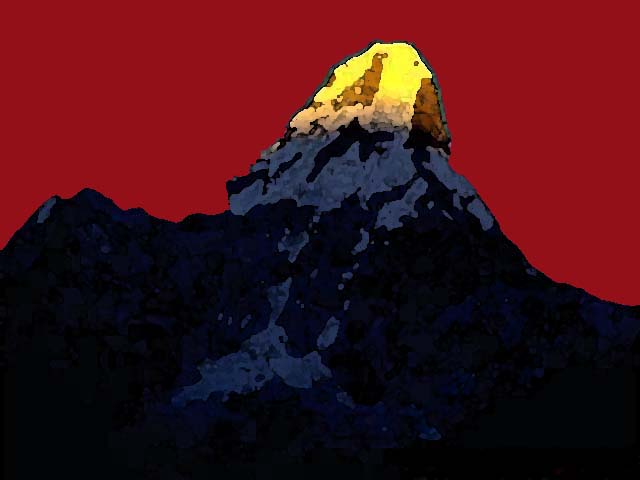
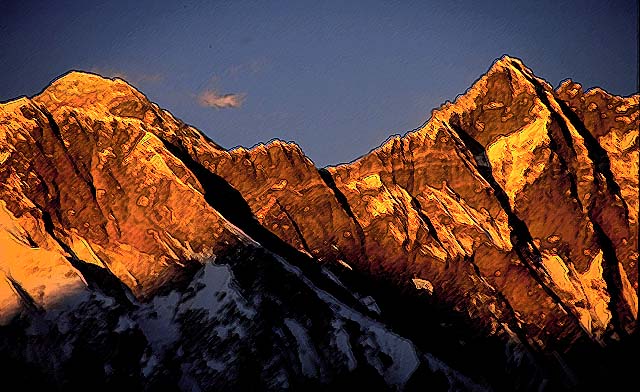
I may add a map to these pages at some point, but briefly, we flew into Lukla, a high airstrip in the Khumbu region. From there we ascended to Gokyo, got hit with a snowstorm, and headed back down the river valley to make our way over to Island Peak. After ascending Island Peak, we headed up a different valley to Labouche and Kala Pattar for close-up views of Everest and the Khumbu Glacier before heading back fown to Namche Bazar and Lukla by way of Tengboche and Namche Bazaar.
This trip was probably the most challenging of my excusrsions to Nepal. We encountered a somewhat unusual November snowstorm. The weather eventually cleared but the storm effectively blocked a couple of high passes we had intended to take and, therefore, also curtailed a warmup climb of Pokalde, a rocky spur to the south of Nuptse. Island Peak at about 20,305 ft. was also about 2,500 ft. higher than the north base camp of Kanchenjunga - and every thousand feet makes it harder and harder to breath. I was fairly fortunate in the stomach annd bronchial illness areas - I only got a bit of a high-altitude cough after climbing Island Peak - but many others in the group weren't. It was suggested that my normally less healthy lifestyles may have hardened me for the experiences!
I took this trip through Wilderness Travel out of Berkeley, California. For detailed information about the region whether you're planning on doing it with a group or on your own, the single best source of information is probably Trekking in the Everest Region by Jamie McGuiness. There's a new 1998 edition.
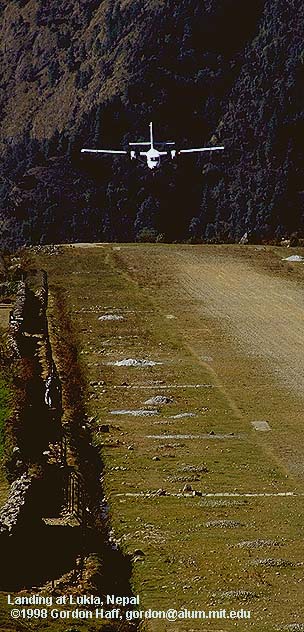
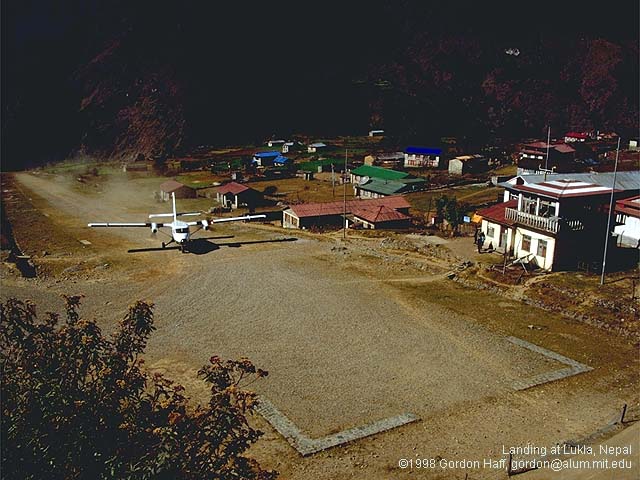
The flight and landing remain an adventure, however, as the plane winds its way at winglength from mountainsides before making a landing on what seems to be an impossibly short runway. The runway is actually somewhat slanted to allow planes to land uphill. Presumably this cuts the landing distance, a useful benefit when a stone wall looms at the end of the abbreviated rough strip.
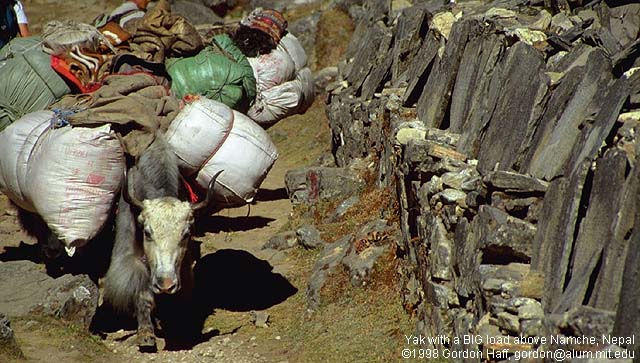
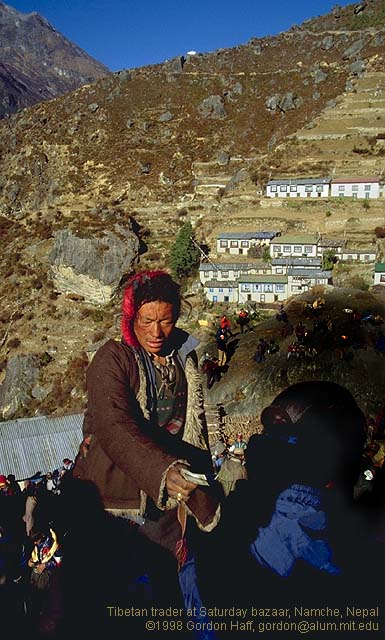
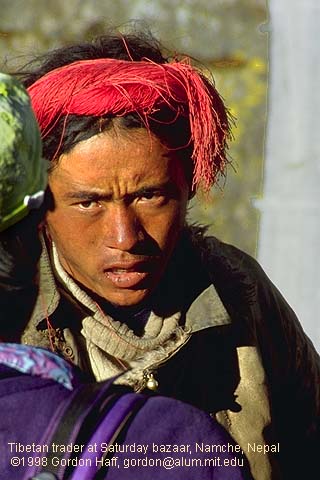
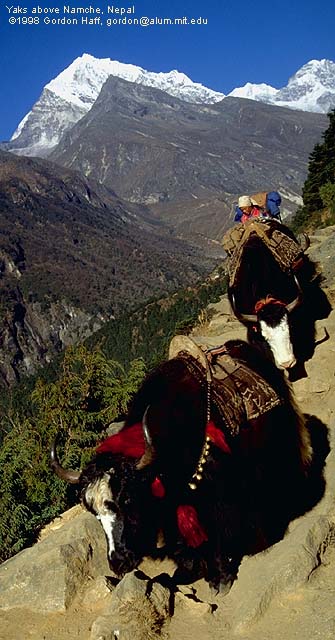
Many lodges are almost luxurious by Nepalese standards and stores are available to sell just about any sort of food or mountaineering gear for a price. Some gear is leftover from expeditions and some crafts such as carpets and knitwear is locally made though much of the rest of the stock souvenir collections probably came up from Kathmandu (with "freight" surcharges added). The bakeries, coffeeshops, and bars of Namche appear a bit quaint on the way up but on returning they seemingly have been transformed into slightly magical places serving almost forgotten goods.
Every Saturday, a teeming bazaar takes place which serves as a major distribution point for goods both from the Kathmandu Valley and from Tibetan traders.